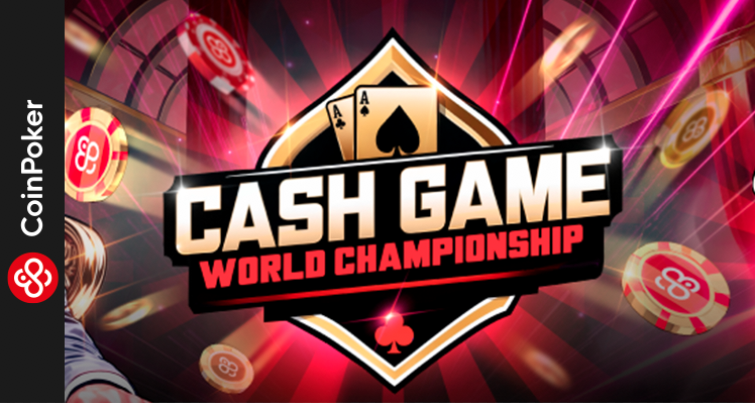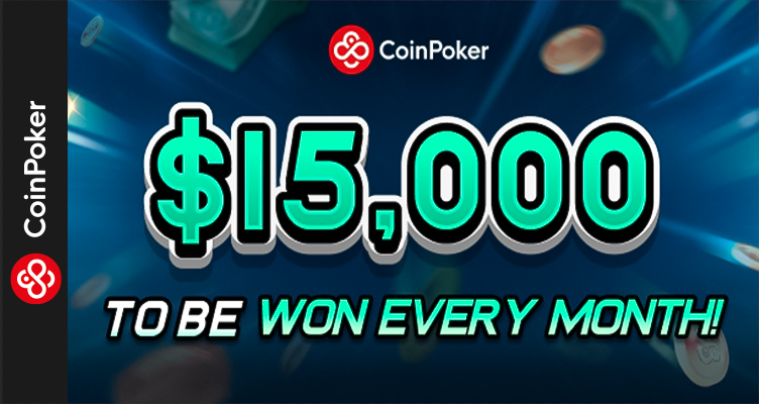

Poker Variance Part 3: what impact does it have on tournaments?

Although variance has been studied for a long
time by the most experienced poker professionals and they have tried to explain
what role this abstract concept plays in poker, we are going to focus on
the influence that variance has on poker in one of its most unpredictable
modalities: multi-table tournaments.
Basic aspects of variance
in MTTs
As you probably know, the best indicator to
study variance is the EV ROI, which we could translate as the expected value of
the return of investment. It is calculated by taking into account the
profits and the buy ins played and multiplying them by one hundred.
To give you an idea, the ROI allows you to know
the estimated return on an investment, for which it is necessary to take into
account other factors that may influence this return, such as the number of
simultaneous tournaments or their duration. Thus, it is possible to obtain
more or less precise data on the expected profit per hour.
However, you may have heard that evBB/100
does not work as well for measuring variance in poker tournaments. This is
because the value of blinds increases in tournaments as a function of levels,
which makes calculating it in cash games much simpler.
One of the main pitfalls is that it is very
difficult to estimate the skill of a player in a poker tournament, and variance
is a component influenced by this factor. In addition, it is necessary to
get very representative samples and in tournaments the number of players
and their skill can be very changeable, almost volatile, so studying variance
in poker in terms of tournaments is quite complicated. So many variables come
into play that the study becomes much more complex.
Practical example in a
real poker tournament
As always, let's translate the theoretical
fundamentals to a practical case to try to understand the impact these
factors have when studying variance in a poker tournament.
Let's imagine that there are 16 players left in
a tournament with a total of 1,500 players. The hands they play at this
stage will be quite difficult to repeat consistently over time, since the
skill of the opponents, the buy-ins and the distribution of cards will vary all
the time.
However, the individual luck of each of the
participants will have a great impact here and will be decisive when
calculating the real winnings of each one of them. This is not the case in
spin & go poker games or cash games, which are characterized by
maintaining almost invariable constants during the games.
The greater the number of registered players,
the more complicated it will be to estimate with a real value the skill of each
player, including us. In addition, factors such as the structure of the
tournament and the speed at which the blinds go up will also have a lot to say.
The higher the speed, the greater the variance and the less probability of
correct calculations.
This is often the limit for players who have
tried to delve into variance calculations, as estimating a player's EV ROI in
live tournaments is often mission impossible. Estimates can be obtained, yes,
but with a fairly wide margin of error.
So, is it profitable to
play tournaments?
Of course it is. And it all comes down to good
bankroll management. This is the best method to counteract the effects of a
very high variance, although it is also true that the more variance, the
more bankroll we need. But tournaments are really fun, and with a good
selection and enough bankroll it can be a great option to materialize real
winrate, especially in side tournaments.
However, poker tournaments are not the best
place to start to understand the impact of variance. For that reason it is
common that these competitions are only entered by players with a certain
amount of experience.
This is not to say that tournaments are closed to more inexperienced players, but the impact of variance in these competitions and the difficulty of calculating variance estimates in tournaments, especially given the number of factors that come into play and the impossibility of determining some of them, such as the skill of the players, makes this a territory only accessible to the unprivileged few with great mathematical knowledge.
More of this Guide:
You may also like

Angle shooting: can it be done in online poker?
Angle shooting is one of the least discussed concepts in the poker world. Related to the set of unwritten rules that every good player tries to respect on the green carpet, angle shooting is an exa...

10 years since American Black Friday
The crack of northamerican online poker It has been 10 years since the fateful Black Friday or North American Black Friday that some also call the crack of online poker. It was April 15 when the cr...

Transaction costs will be no longer free for Xapo users
Transaction costs in Xapo Last week the bitcoin company Xapo ended with one of its best strategies: the free transaction costs. The firm has announced they will no longer pay mining fees for custom...













